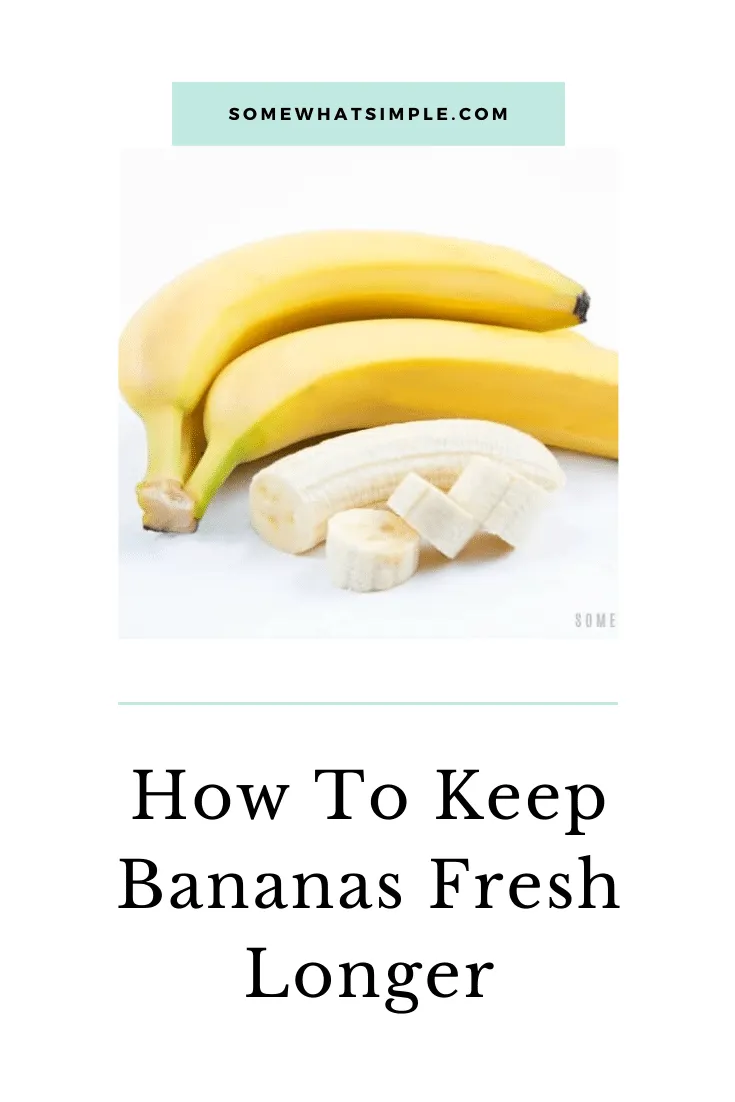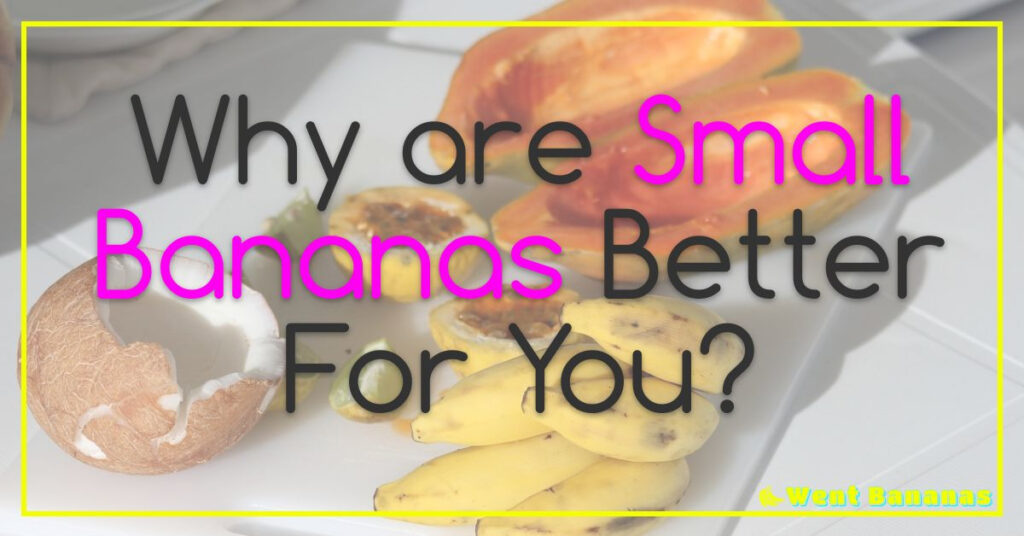The Science of Keeping Bananas Fresh: Tips and Tricks
Bananas are a staple fruit in many households, but keeping them fresh after peeling can be a challenge. Why is it important to keep a banana fresh after peeling? The answer lies in the science behind bananas and their unique ripening process. Luckily, there are several methods for keeping bananas fresh, such as storing them in the fridge or using lemon juice. Additionally, there are tips for preventing a banana from over-ripening too quickly. If you’re curious about the best ways to keep a banana fresh after peeling, keep reading to learn more.
Why is it important to keep a banana fresh after it has been peeled?
When it comes to bananas, many people may not consider the importance of keeping them fresh after peeling. However, understanding why this is crucial can help you get the most out of this versatile fruit.
Firstly, keeping a banana fresh after peeling is important for maintaining its nutritional value. Bananas are rich in vitamins and minerals such as potassium, magnesium, and vitamin C. These nutrients are essential for maintaining good health and providing energy throughout the day. By keeping a peeled banana fresh, you ensure that these nutrients remain intact and available for consumption.

Additionally, preserving a peeled banana’s freshness can enhance its taste and texture. A stale or browned banana may not be as enjoyable to eat as a freshly peeled one with firm flesh and bright color. Keeping bananas fresh after peeling allows their natural sweetness to shine through without being compromised by oxidation or other factors that lead to spoilage.
Furthermore, storing bananas properly can also reduce food waste and save money in the long run. A rotten or overripe banana may have to be discarded entirely which could result in wastage of money spent on it earlier.
In conclusion, understanding why it’s important to keep a banana fresh after peeling helps us get more out of this humble fruit than we ever imagined possible! Whether for nutritional benefits or simply enjoying its taste and texture at its best – there’s no doubt that taking care with how we store our bananas post-peel is well worth the effort!
The science behind the ripening process of bananas.
Bananas are not just a delicious fruit, they are also a fascinating subject of scientific study. Understanding the ripening process of bananas can help us appreciate their unique qualities and ensure that we enjoy them at their best.
At the heart of banana ripening is a complex interplay between enzymes, hormones, and environmental factors. As a banana matures on the tree, it produces ethylene gas which triggers its own ripening process. This process involves the activation of enzymes that break down starch into sugars, making the fruit sweeter and softer.
The role of hormones in this process is also critical. One hormone in particular – auxin – helps regulate cell growth and division in bananas. As ethylene levels rise during ripening, auxin levels decline which leads to changes in color and texture.
But it’s not just internal processes that affect banana ripening – external factors such as temperature and humidity also play a part. Bananas kept at cooler temperatures will take longer to ripen while those exposed to higher temperatures will ripen more quickly.
Interestingly, some varieties of bananas actually have different optimal conditions for ripening. For example, Cavendish bananas – the most commonly sold variety worldwide – prefer slightly cooler temperatures than other types such as Gros Michel or Lady Finger.
By understanding these intricate details about banana science we can better appreciate this beloved fruit’s unique characteristics while also knowing how to store them properly for optimum freshness and flavor.
Different methods of keeping a banana fresh, including storing it in the fridge or using lemon juice.
Bananas are a staple fruit in many households, but keeping them fresh can be a challenge. Luckily, there are several methods to prolong the life of your bananas and prevent them from turning brown too soon.

One popular method is storing bananas in the fridge. While this may seem counterintuitive since bananas typically thrive in warmer temperatures, refrigeration can actually slow down the ripening process and extend their shelf life. However, it’s important to note that refrigerated bananas will turn brown faster once they’re taken out of the fridge.
Another way to keep your bananas fresh is by using lemon juice. The acid in lemon juice helps prevent oxidation, which is what causes bananas to turn brown. Simply coat the exposed flesh of the banana with a small amount of lemon juice before storing it in an airtight container or plastic wrap.
If you prefer not to use lemon juice, another alternative is wrapping the stem of the banana with plastic wrap or aluminum foil. The stem releases ethylene gas as it ripens, which causes nearby fruits (including other bananas) to ripen faster as well. Wrapping the stem can help slow down this process and prolong their freshness.
Lastly, consider separating your bunch of bananas into individual pieces instead of leaving them attached at the stem. This can help slow down their ripening process since each individual banana will release less ethylene gas on its own compared to being clustered together.
By utilizing these methods, you can ensure that your beloved bunches of bananas stay fresh for longer periods and reduce waste from spoilage.
Tips for preventing a banana from ripening too quickly.
Bananas are a staple in many households, but keeping them fresh and ripe can be a challenge. Fortunately, there are several tips for preventing bananas from over-ripening too quickly.

« if banana is apple apple is grapes
The Ultimate Guide to Knowing When Your Banana Bread is Done: Tips and Tricks for Perfect Baking! »
Firstly, it’s important to store bananas properly. Keep them in a cool and dry place away from direct sunlight or heat sources. Avoid storing them near other fruits as they release ethylene gas which can speed up the ripening process.
Another tip is to separate bananas from their bunch. When one banana starts ripening, it releases more ethylene gas which can cause the other bananas to ripen faster as well. By separating them, you can slow down the ripening process of each individual banana.
If you need to slow down the ripening process even further, try wrapping each banana stem with plastic wrap or aluminum foil. This method reduces exposure to ethylene gas and helps regulate moisture levels around the fruit.
Lastly, if your bananas have already started over-ripening, don’t throw them away just yet! Overripe bananas make great additions to smoothies or baked goods like banana bread or muffins.
By following these simple tips and tricks for preventing over-ripening of your beloved yellow fruit, you’ll be able to enjoy fresh and delicious bananas for longer periods of time!
Check out our other articles to find out even more about banana.
Keeping a banana fresh after peeling is an important way to extend its shelf-life, prevent over-ripening and maximize the amount of time you can enjoy this delicious fruit. Whether storing in the fridge or using natural methods like lemon juice, there are many ways to make sure your bananas last as long as possible. To learn more about everything from ripening times to nutritional benefits, check out our other articles and discover even more fascinating information about bananas!











